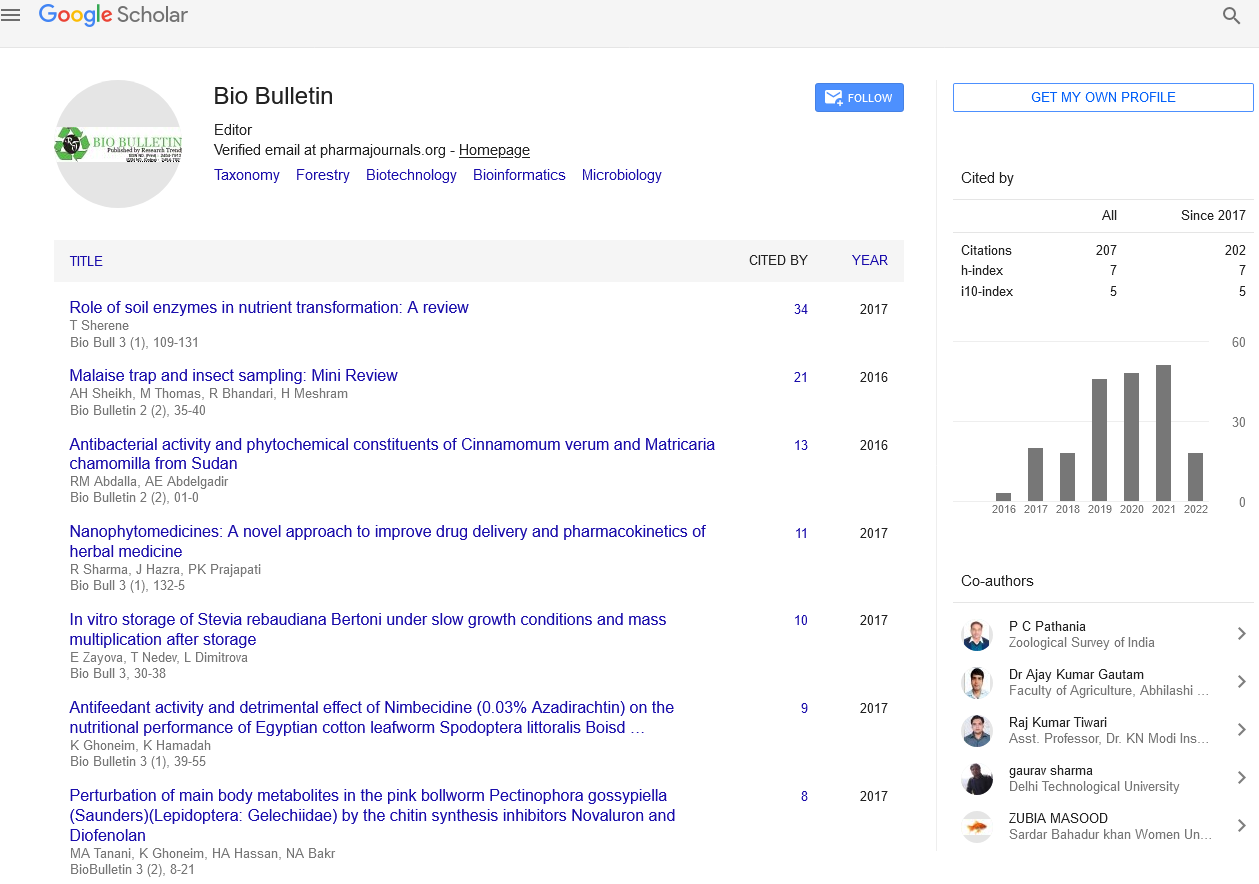Soil Microbial Effects on Plant Species
Editorial - (2021) Volume 7, Issue 4
Abstract
http://www.oajournal.org/
http://www.journalsres.org/
http://www.journalsres.com/
http://www.journalsoa.org/
http://www.journalsoa.com/
http://www.journalsci.org/
http://www.journalres.org/
http://www.journalres.com/
http://www.journaloa.org/
http://www.journalinsights.org/
http://www.jpeerreview.org/
http://www.imedresearch.com/
http://www.imedpubjournals.com/
http://www.imedpubjournal.org/
http://www.imedjournals.org/
http://www.peerreviewedjournal.org/
http://www.peerjournals.org/
http://www.peerjournals.com/
http://www.sciencesinsight.org/
http://www.scholarresearch.com/
http://www.scholarres.org/
http://www.nutritionres.com/
http://www.gastroinsights.org/
http://www.pathologyinsights.org/
http://www.echemistry.org/
http://www.echemcentral.com/
http://www.chemistryres.com/
http://www.biochemresearch.org/
http://www.biochemjournals.com/
http://www.ebusinessjournals.org/
http://www.businessjournals.org/
http://www.peerjournal.org/
http://www.oajournalres.com/
http://www.alliedres.org/
http://www.alliedjournals.org/
http://www.alliedjournal.org/
http://www.scientificres.org/
http://www.scientificres.com/
,
https://www.mongoliannutrition.com/
https://www.nsbmb.com/
https://www.arabspp.org/
https://www.arabianmultidisciplinary.com/
https://www.italystemcell.com/
https://www.traditional-medicine.org/
https://www.episportsmedicine.org/
https://www.worldmedicalassociation.org/
https://www.silaeitaly.com/
https://www.ceramicsmedicine.org/
https://www.isaddictionmedicine.org/
https://www.europeanbionetwork.com/
https://www.aarsecp.com/
https://www.edycseg.org/
https://www.europeanneurology.org/
https://www.clinicaldermepi.com/
https://www.cardiac-society.com/
https://www.psychologicalassociation.org/
https://www.indian-psychology.com/
https://www.mongoliancardiology.org/
https://www.pediatricssociety.com/
https://www.cocrt.org/
https://www.european-aesthetic.com/
https://www.sohnsb.org/
Editorial Note
Soil microorganisms play a major part in shaping factory diversity, not only through their direct goods as pathogens, mutualists, and decomposers, but also by altering relations between shops. In particular, former exploration has shown that the soil community frequently generates frequence-dependent feedback circles among shops that can either destabilize species relations, or induce stabilizing niche differences that promote species concurrence. Still, recent perceptivity from ultramodern concurrence proposition has shown that microbial goods on factory concurrence depend not only on these stabilizing or destabilizing goods, but also on the degree to which they induce competitive fitness differences. While numerous former trials have generated the data necessary for assessing microbial intermediated fitness differences, these goods have infrequently been quantified in the literature. Then we present a meta- analysis of data from 50 studies, which we used to quantify the microbial intermediated destabilization and fitness differences deduced from a classic factorysoil feedback model. Across 518 pairwise comparisons, we plant that soil microbes generated both stabilization (and destabilization) and fitness differences, but also that the microbially intermediated fitness differences dominated. As a consequence, if shops are else original challengers, the balance of soil microbegenerated destabilization and fitness differences drives species rejection much more constantly than concurrence or precedence goods. Our work shows that microbial mediated fitness differences are an important but overlooked effect of soil microbes on factory concurrence. This finding paves the way for a more complete understanding of the processes that maintain factory biodiversity.
Then we synthesize data from the factory soil feedback literature with lately deduced theoretical criteria to present a meta- analysis assessing how soil microbes affect factory concurrence through both the destabilization and the fitness differences they induce. We frame our analyses around two main questions what’s the relative magnitude of microbial driven stabilization (or destabilization) versus fitness differences, and how is it affected by experimental treatments.
Across species dyads, what's the net effect of microbes on competitive issues? In other words, how constantly does the balance of microbialintermediated stabilization (or destabilization) and fitness differences prognosticate species concurrence, rejection, or precedence goods? We explored these questions independently for species dyads whose growth in live unconditioned soil communities handed the reference condition for calculating microbial intermediated fitness difference and for dyads where growth in sterile soils handed the reference. This lets us estimate both the specific goods of microbes accumulating in soils specifically due to the civilization process (using reference soils with live unconditioned microbial communities), and the more general effect of soil microbes on factory concurrence (using sterile reference soils).
Author Info
Sangeetha Krishna* and Saty a MansiReceived: 15-Oct-2021 Accepted: 29-Oct-2021
Copyright: This is an open access article distributed under the terms of the Creative Commons Attribution License, which permits unrestricted use, distribution, and reproduction in any medium, provided the original work is properly cited.

